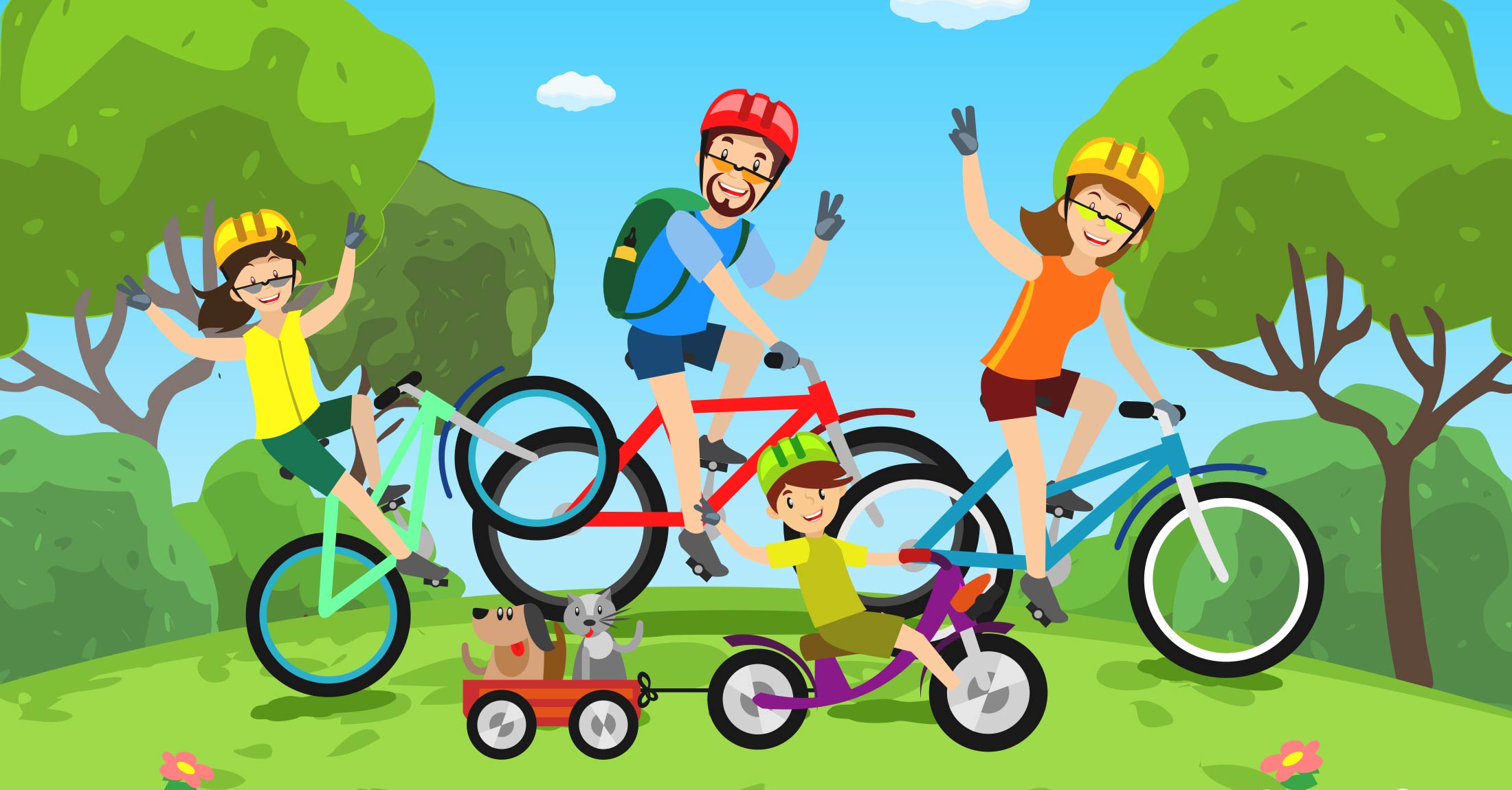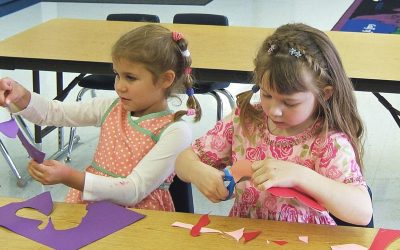The end of the school year and onset of summer is an example of a time that may herald changes for kids.
Changes can be exciting and lead to wonderful experiential gains.
However, transitions come in all sizes, and even the so-called positive ones, like the beginning of summer break, or a holiday time, can rock the status quo or feel concerning. A child may perceive of change as being a relatively small variation or disturbance, a medium shift, or a large seismic upheaval. Managing the situation involves thinking about how to adapt—including how to confront or adjust the extent, pace, and complexities of the change process—so as to become more at ease.
WHAT CAN KIDS DO TO ADJUST TO CHANGE?
“Change in all things is sweet.”
~ Aristotle
Those words have stood the test of time, yet they may not always ring true. Change can also be difficult.
Here are 7 tips for kids:
1. Enjoyment
Continue to do what you like to do as routines or expectations change. Pursue your interests, sustain your networks with family and friends, and stick with the activities that give you pleasure even though you might have to be persistent and juggle things about to make this happen. Find the fun!
2. Change does not mean chaos
Go one step at a time. What step will make it easiest for you to see your way forward through the change process? Start there. You don’t have to deal with everything at once. Prioritize. Resolve to embrace transition slowly, based on what matters most to you, or is urgent.
3. Read
There are countless wonderful stories, parables, biographies, and autobiographies about individuals who confronted changes in their lives, overcame obstacles, and triumphed. These tales can be inspiring. Find out more about the people you admire, and how their experiences shaped them.
4. Creativity
Use your imagination. How can you make a transition time more manageable? For example, maybe you could “customize” the change experience and make it fun or personally satisfying by injecting art, music, drama, or physical activity into the process. A little creativity can change changes—for the better.
There’s an old saying, “True change takes place in the imagination.”
5. Make a plan
People tend to feel better when they’re planful. This means creating an action framework that provides direction, and a workable timeline. There’s a sense of comfort that comes with having a set course, knowing how you’re going to navigate (including being flexibly responsive to unexpected circumstances that might arise), and what you can do to make a transition experience as hassle-free as possible.
6. Stay calm
This is really important. Pause and collect your thoughts. When things are changing it helps to reflect and take stock of what’s what, including people’s feelings, the possible implications of change, and the potential consequences of any actions you might take. Try deep breathing, exercise, relaxation, downtime, and visualizing happy outcomes. You are in control; you are the change agent. You can work yourself up or calm yourself down. Go for the latter.
7. Communicate
Listen. Chat. Ask questions. Share ideas. Be open to having discussions about change. Use a steady tone of voice. Be respectful, and think about how to collaborate with others. Don’t be afraid to seek help if you feel you need it.
LAST WORDS
“Intelligence is the ability to adjust to change.”
~ Stephen Hawking
Parents and children can work together to be smart about transition times, and to make them enjoyable and fruitful. Parents are well-positioned to help kids see the power of possibility both in overcoming the challenges of change, and embracing the opportunities.
Check out my blog “Summer Qualms? Supporting Kids in Times of Change” for several strategies parents can consider, as well as the blog “Navigating Fresh Starts and Transitions” for two key suggestions for families. (https://joannefoster.ca/blog)
AUTHOR’S NOTE:
This blog is an adaptation of a piece that I wrote previously, and that was published at The Creativity Post. (You can find about 100 articles by me on that site, on various topics relating to learning, creativity, children’s well-being, and more!) And, check out IGNITE YOUR IDEAS: CREATIVITY FOR KIDS for tons of family-friendly ways to enhance imagination and purposeful pursuits—any time of year!








